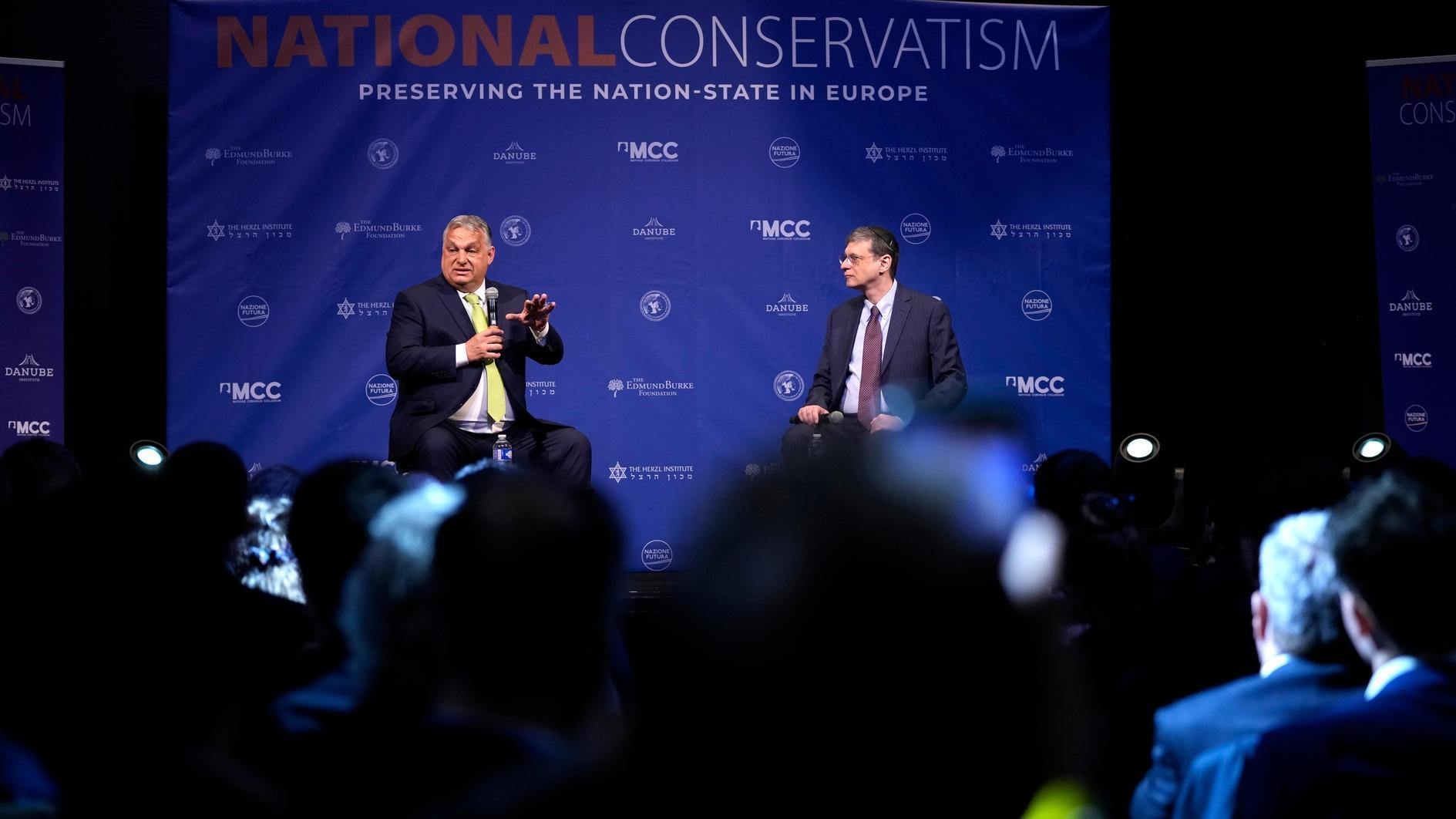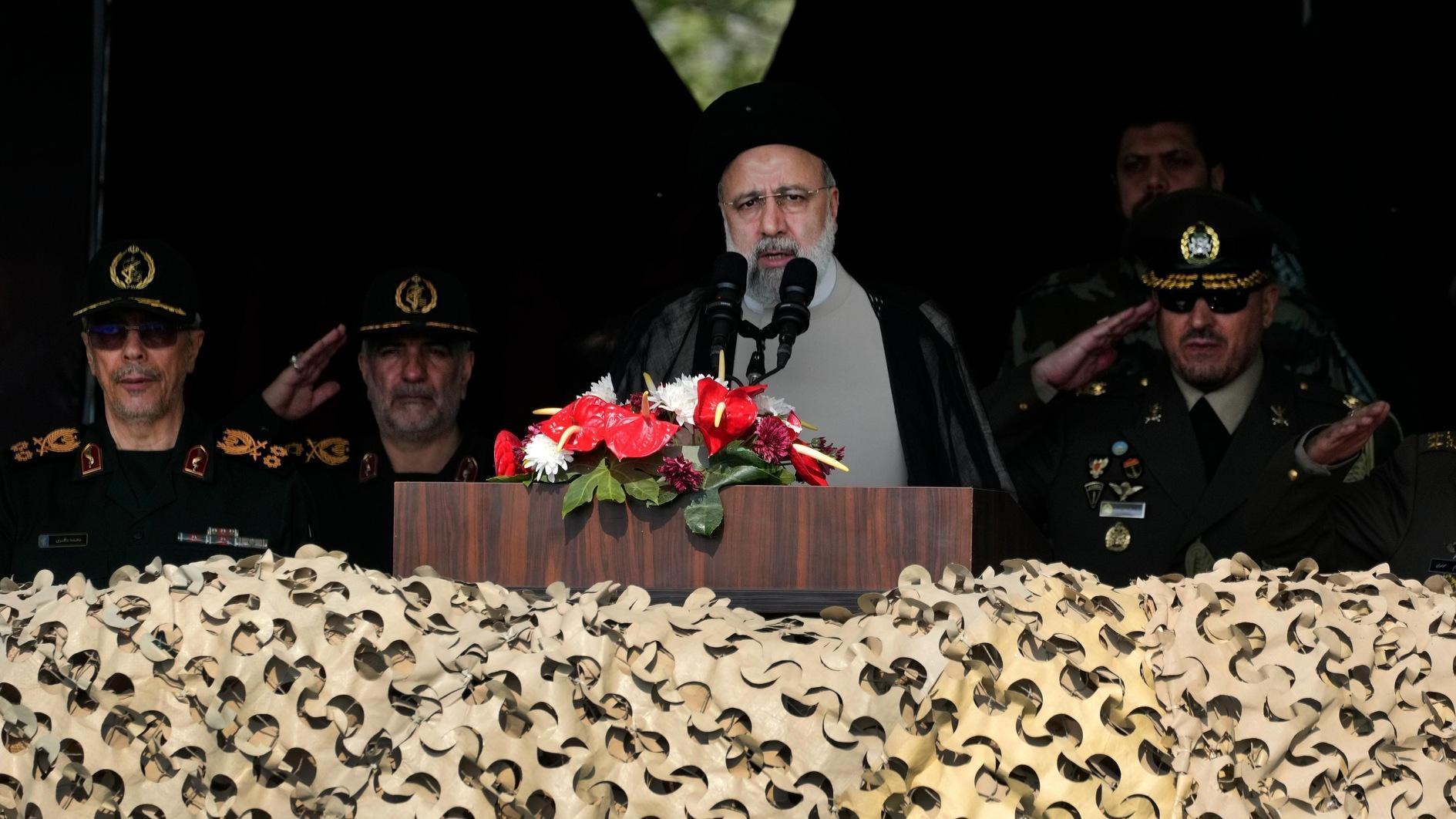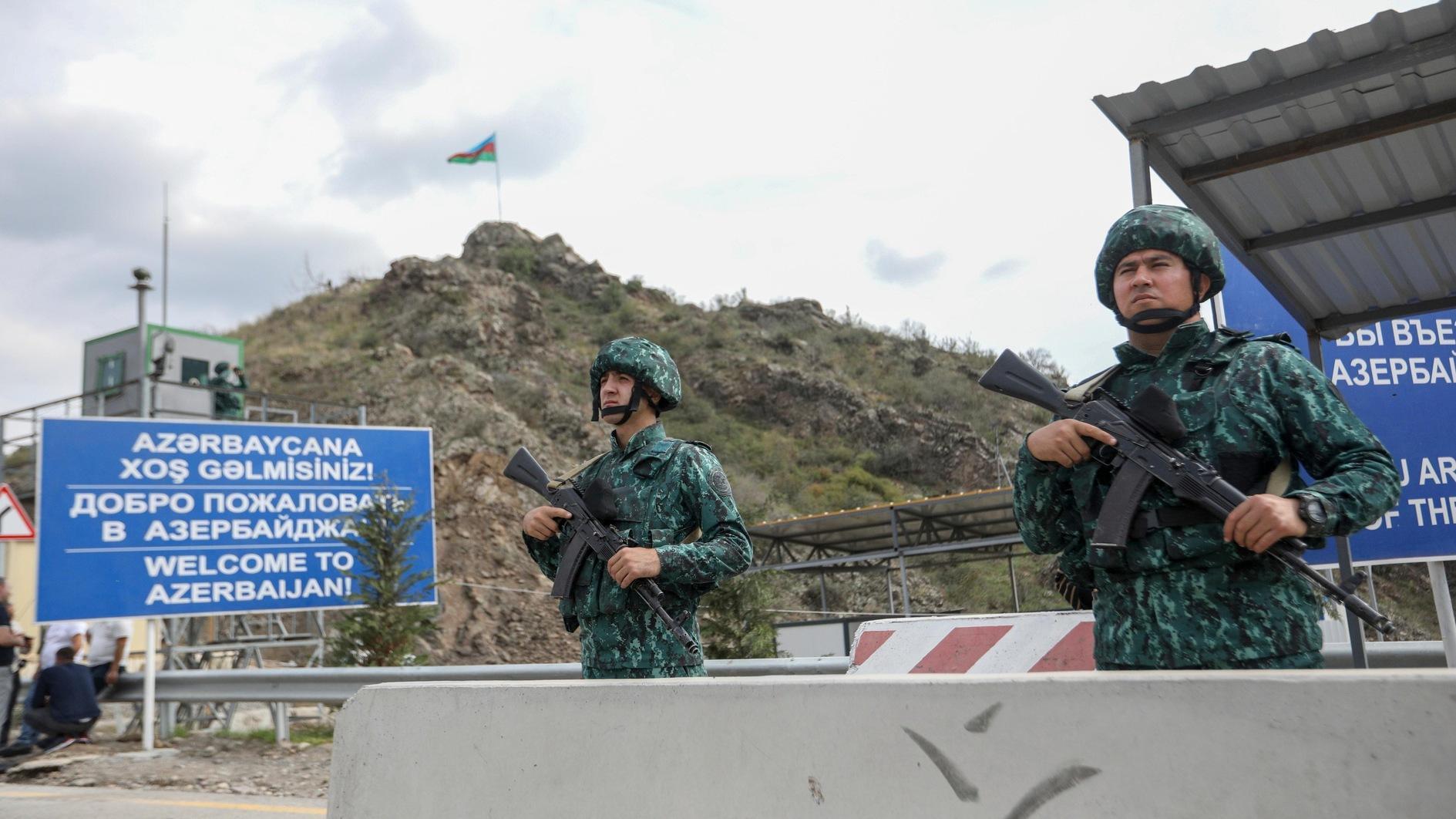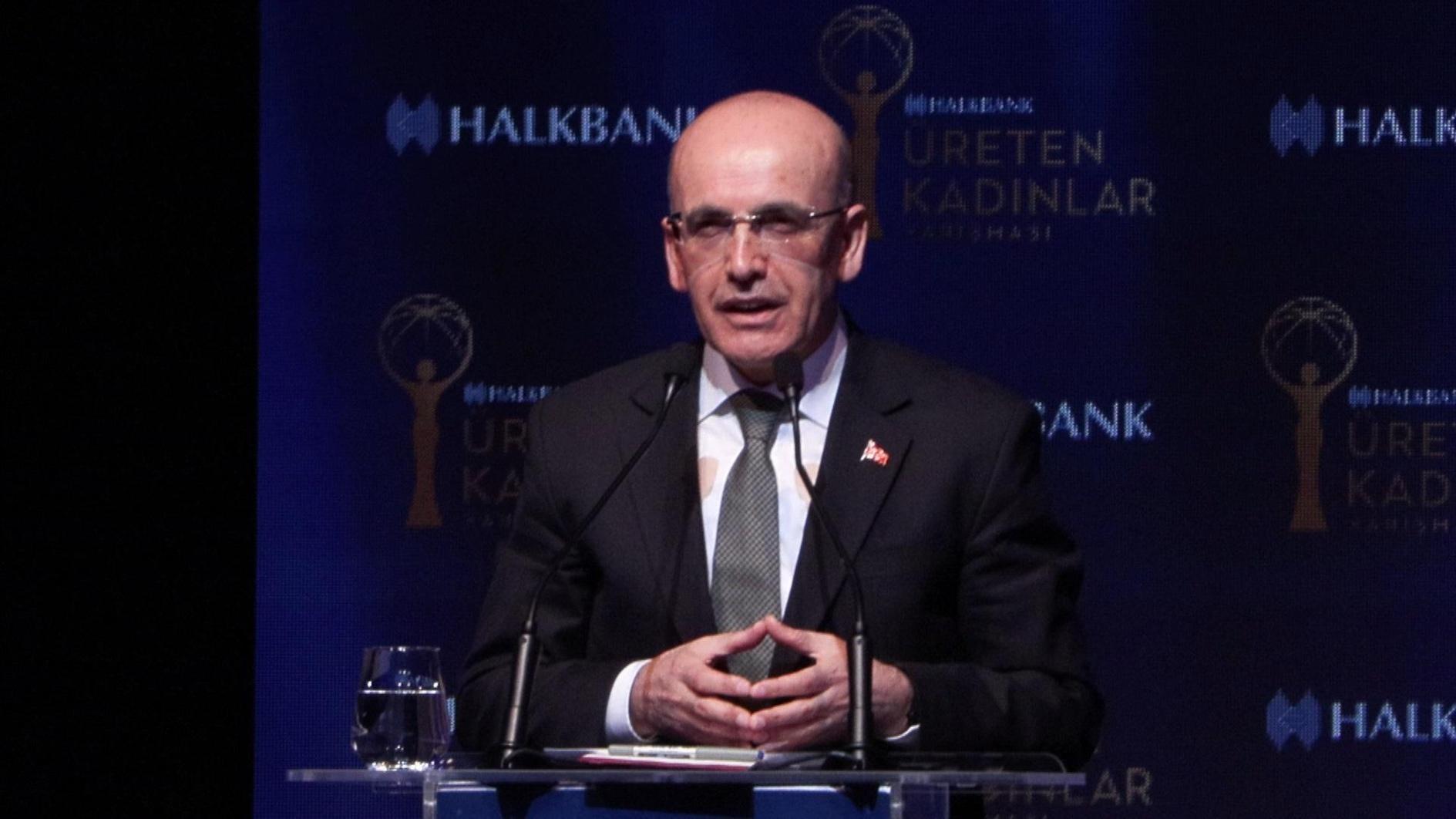Remembering Sophie!
Aylin Öney Tan - aylinoneytan@yahoo.com
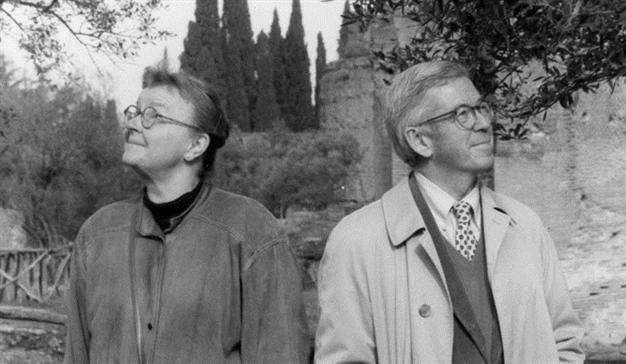 He remembers fondly their trip to Rome and talks about how it all got started. It must have been sometime around 1975. That trip to Rome proved to be life changing. Michael Coe is lovingly talking about his late wife, Sophie Coe, in Oxford, on the occasion of the 20th anniversary of The Sophie Coe Prize in Food History.
He remembers fondly their trip to Rome and talks about how it all got started. It must have been sometime around 1975. That trip to Rome proved to be life changing. Michael Coe is lovingly talking about his late wife, Sophie Coe, in Oxford, on the occasion of the 20th anniversary of The Sophie Coe Prize in Food History. 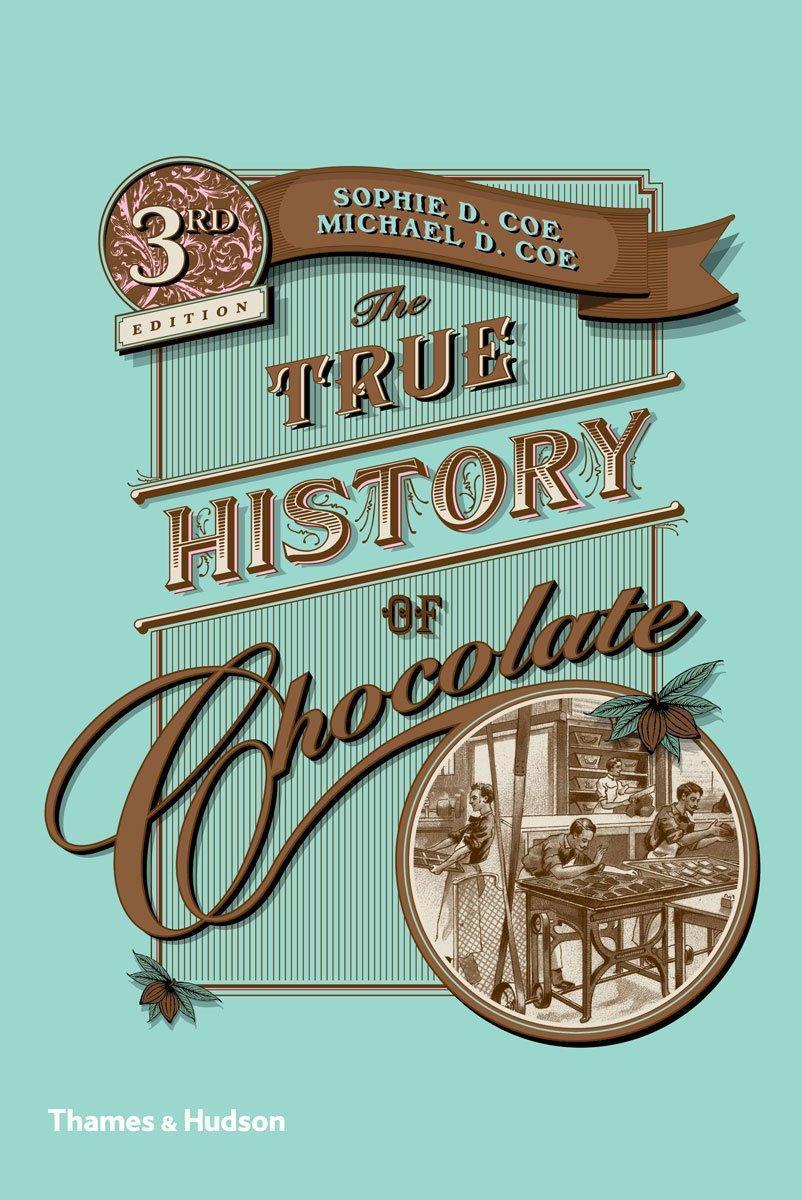 They liked to travel. Both being anthropologists, and Michael Coe having also studied archaeology, they were curious about discovering different cultures and liked traveling to various countries. They had been to Turkey several times, visiting all the archaeological sites on the Aegean coast, traveling to Kars and Lake Van; when they were in the ancient Armenian city Ani, they were all alone in that magnificent site, and the other side of the border was still Soviet Russia. It was the years when traveling in Turkey required huge stamina, great determination and a passion for curiosity. They went to Çorum to find the Hittite capital Hattusa, loved the Anatolian Civilizations Museum in Ankara. Michael Coe distinctly remembers all the wonderful details about their trips in Anatolia and Istanbul.
They liked to travel. Both being anthropologists, and Michael Coe having also studied archaeology, they were curious about discovering different cultures and liked traveling to various countries. They had been to Turkey several times, visiting all the archaeological sites on the Aegean coast, traveling to Kars and Lake Van; when they were in the ancient Armenian city Ani, they were all alone in that magnificent site, and the other side of the border was still Soviet Russia. It was the years when traveling in Turkey required huge stamina, great determination and a passion for curiosity. They went to Çorum to find the Hittite capital Hattusa, loved the Anatolian Civilizations Museum in Ankara. Michael Coe distinctly remembers all the wonderful details about their trips in Anatolia and Istanbul. But it was an English bookshop in Rome that changed Sophie’s destiny. Already an accomplished cook, she was very much interested in cookbooks and learning about food cultures. She found a book about Mediterranean fishes, and fell in love with the book instantly. The book contained the local names of each fish in various languages around the Mediterranean, including the scientific name, and provided ample information about the fish, together with fish recipes from various countries. It was like no cookbook before. It was a book written by Alan Davidson, a curio man quite obsessed with food. Being a diplomat, Davidson traveled and lived all around the world, loved food, and above all fish, and ended up writing about fish wherever he had the chance to live, from the north Atlantic to Southeast Asia. Writing about fish stemmed from necessity; when he served as the British ambassador in Tunis, his wife Jane asked him to look for a cookbook on local fishes, as she could not recognize any of the local varieties. Not being able to find one, he wrote the book himself with the help of Giorgio Bini, who was a great Italian ichthyologist, the world’s greatest living authority on sea fish in the Mediterranean at the time, and happened to be visiting the Davidsons. The book was first published as “Seafish of Tunisia and the Central Mediterranean,” later spotted by the great British food writer Elizabeth David, and through her introduction it was re-published by Penguin as “Mediterranean Seafood” in 1972.
It was only a few years after the book was published that Sophie Coe discovered it and decided to write to Davidson, who was eventually going to become her mentor. Davidson encouraged Sophie to write about food, publishing her articles in PPC (Petits Propos Culinaires), the journal of food studies and history he was editing. Davidson also initiated the most profound symposium on food history, “The Oxford Symposium on Food & Cookery.” Over time, the Davidson and Coe families became friends; the Coes visited the Davidsons whenever they came to London, Sophie Coe presented many times at the Oxford Symposium. Eventually her interest was focused on chocolate and she wanted to learn about its true history. That was inevitable, as Michael Coe was a specialist on Mayan and pre-Columbian Mesoamerican cultures; it was like her destiny studying a food item that had its roots in pre-Columbian America. She initially wrote a book titled “America’s First Cuisines” in 1994, and then started working on a new book solely on chocolate. Alas her health fell short in completing her study, and in the course of writing her book, she died of cancer.
Losing his wife, Michael did not let her down, and pursued her passion to complete the book. He did the most romantic thing a man could do: He went back to Rome, hired a flat in Via della Ripetta, took with him all of Sophie’s notes, bought a typewriter, and finished her book. It took him a year. That is the true story of “The True History of Chocolate,” published in 1996.
Thanks to their trip to Rome, Sophie’s never-ending enthusiasm about food studies and Michael’s dedication to his wife, we are in Oxford celebrating the 20th year of the award with a lunch – and every course on the table has chocolate. The prize dedicated to her name is described as “the longest-running and most generous prize for writing in food history in the English language.” First awarded in 1995, every year an outstanding article in culinary history that embodies new research or provides new insights receives an award of 1,500 pounds ($2335).
I’m indebted to Sophie Dobzhansky Coe myself. Her award had been life-changing for me too, as I was awarded the prize in 2008 by my first ever Oxford Symposium article titled “The Poppy: Potent yet frail.” Receiving the award restored my confidence to pursue food research, leaving my career in architecture and conservation of historic monuments. It also enabled me to continue to attend the symposium with my modest, self-sustained, free-lancing, poorly paid, culinary journalism career. I’m happy it happened, it surely changed my life. I’m grateful to Michael, who still sustains this award with his own endowment money. I’ll never forget you saying, “She would be delighted to know that you received the award.” Thanks to the Coe couple, your trip to Rome proved to be unforgettable, for all of us that had the honor of being awarded.
https://sophiecoeprize.wordpress.com/



